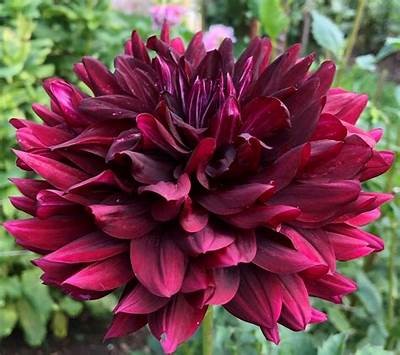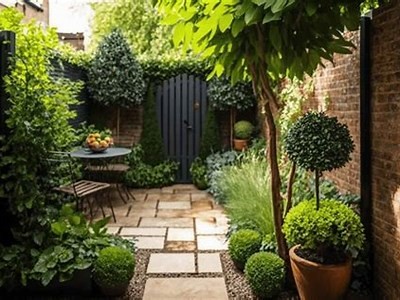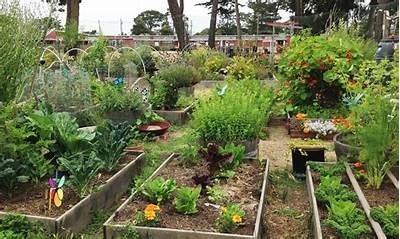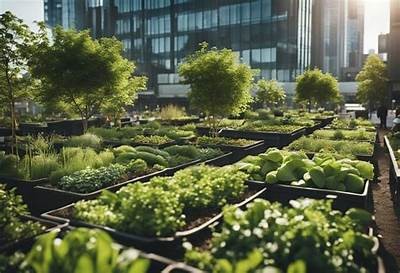Rip City Dahlia: Exploring the Beauty and Significance of This Unique Flower in Urban Gardens
Introduction
The Rip City Dahlia, a stunning flower known for its vibrant colors and unique forms, has become a symbol of beauty in urban gardens around the world. This essay will explore the aesthetic and cultural significance of this remarkable flower, the various types of Dahlias available, and the role they play in city landscaping and community gardens.

The Origins of the Dahlia
Dahlias are native to Mexico and Central America, where they have been cultivated for centuries. The Rip City Dahlia, in particular, has a fascinating history associated with Portland, Oregon, which proudly claims the flower as its emblem. The city has embraced the Dahlia not only for its beauty but also for its resilience and adaptability, making it a perfect fit for urban environments.

Characteristics of the Rip City Dahlia
The Rip City Dahlia is characterized by its large blooms, which can range from deep burgundy to bright pink and yellow hues. These flowers typically bloom from mid-summer to the first frost, providing a long season of color. The Rip City Dahlia is known for its unique petal shapes and sizes, making it a popular choice for garden enthusiasts.

The Aesthetic Appeal of the Rip City Dahlia
The aesthetic appeal of Dahlias extends beyond their striking colors. The flowers' intricate designs can add texture and depth to any garden setting. Urban gardens often incorporate Dahlias for their visual impact, creating vibrant contrasts when paired with other plants. The Rip City Dahlia's diverse forms—such as the Cactus and Decorative varieties—allow for creative combinations in garden design.

Cultivating Dahlias in Urban Settings
Growing Dahlias in urban environments can be rewarding yet challenging. The Rip City Dahlia thrives in well-drained soil and requires adequate sunlight to flourish. Urban gardeners often face limited space, but with the right techniques, such as container gardening or vertical gardening, they can successfully cultivate these flowers. Proper care, including regular watering and pest management, is essential for healthy growth.

The Cultural Significance of the Rip City Dahlia
The Rip City Dahlia holds special significance for the people of Portland. It has become a symbol of the city's resilience and creativity. Events such as local flower festivals celebrate the Dahlia, bringing the community together to appreciate its beauty. The popularity of Dahlias has also led to their incorporation into local art and photography, further solidifying their cultural impact.
Dahlias in Community Gardens
Community gardens have emerged as vital spaces for urban dwellers to connect with nature and each other. The Rip City Dahlia plays a crucial role in these gardens, serving as a focal point that attracts visitors and promotes biodiversity. In addition to beautifying these spaces, Dahlias can also foster community spirit, as residents come together to plant, maintain, and celebrate these flowers.
The Environmental Impact of Growing Dahlias
While Dahlias are celebrated for their beauty, they also play an essential role in supporting urban ecosystems. By attracting pollinators, such as bees and butterflies, the Rip City Dahlia contributes to the health of urban gardens. Utilizing Dahlias in landscaping can help mitigate the urban heat island effect by providing shade and cooling surfaces. Furthermore, growing these flowers promotes soil health and reduces runoff through their deep root systems.
Conclusion
The Rip City Dahlia's beauty and significance in urban gardens are undeniable. Its vibrant colors and unique forms bring joy to city dwellers, while its adaptability makes it a perfect fit for such environments. Beyond aesthetics, the Dahlia fosters community connections and promotes a healthy urban ecosystem. As cities continue to evolve, the Rip City Dahlia will undoubtedly remain a cherished symbol of urban gardening.